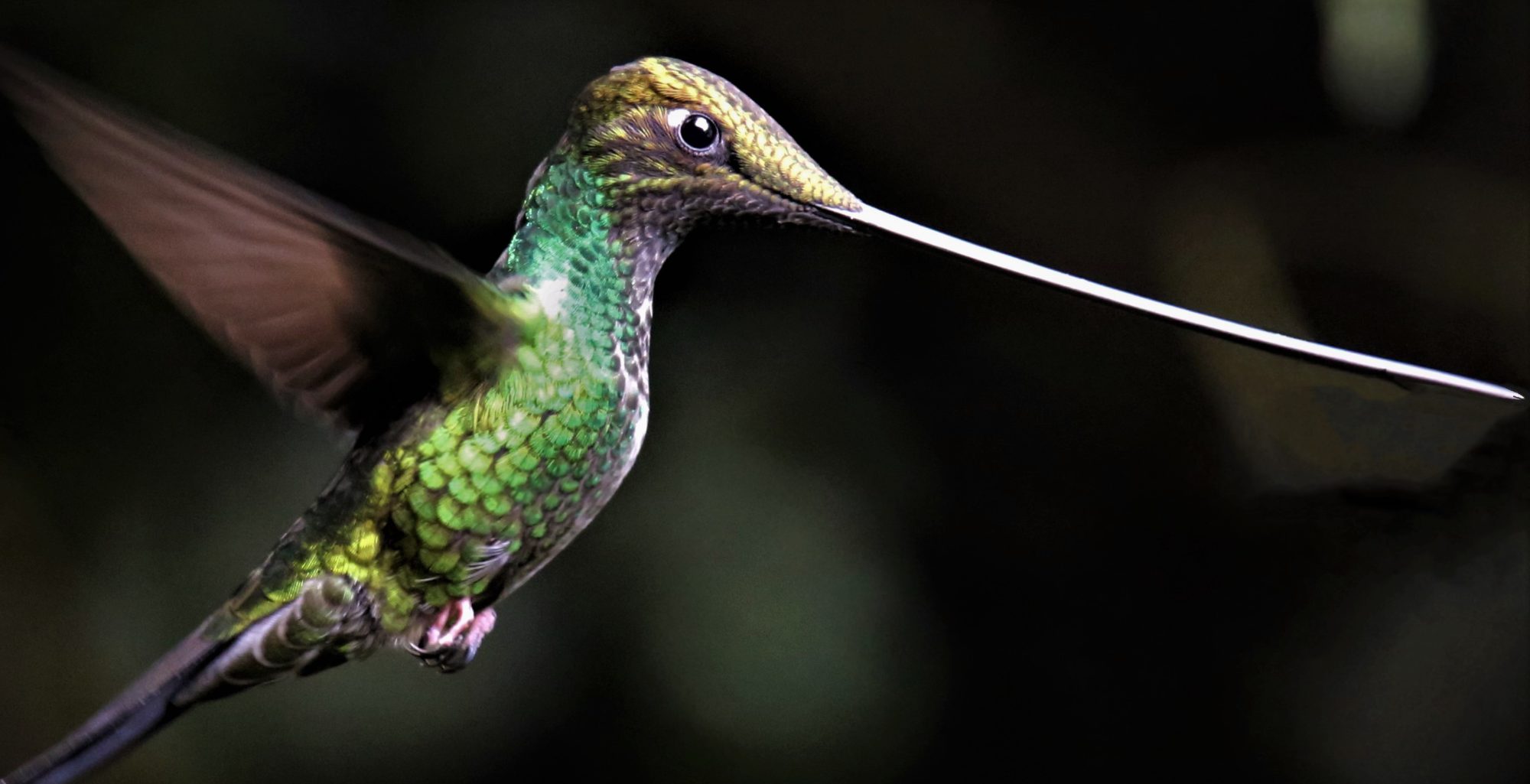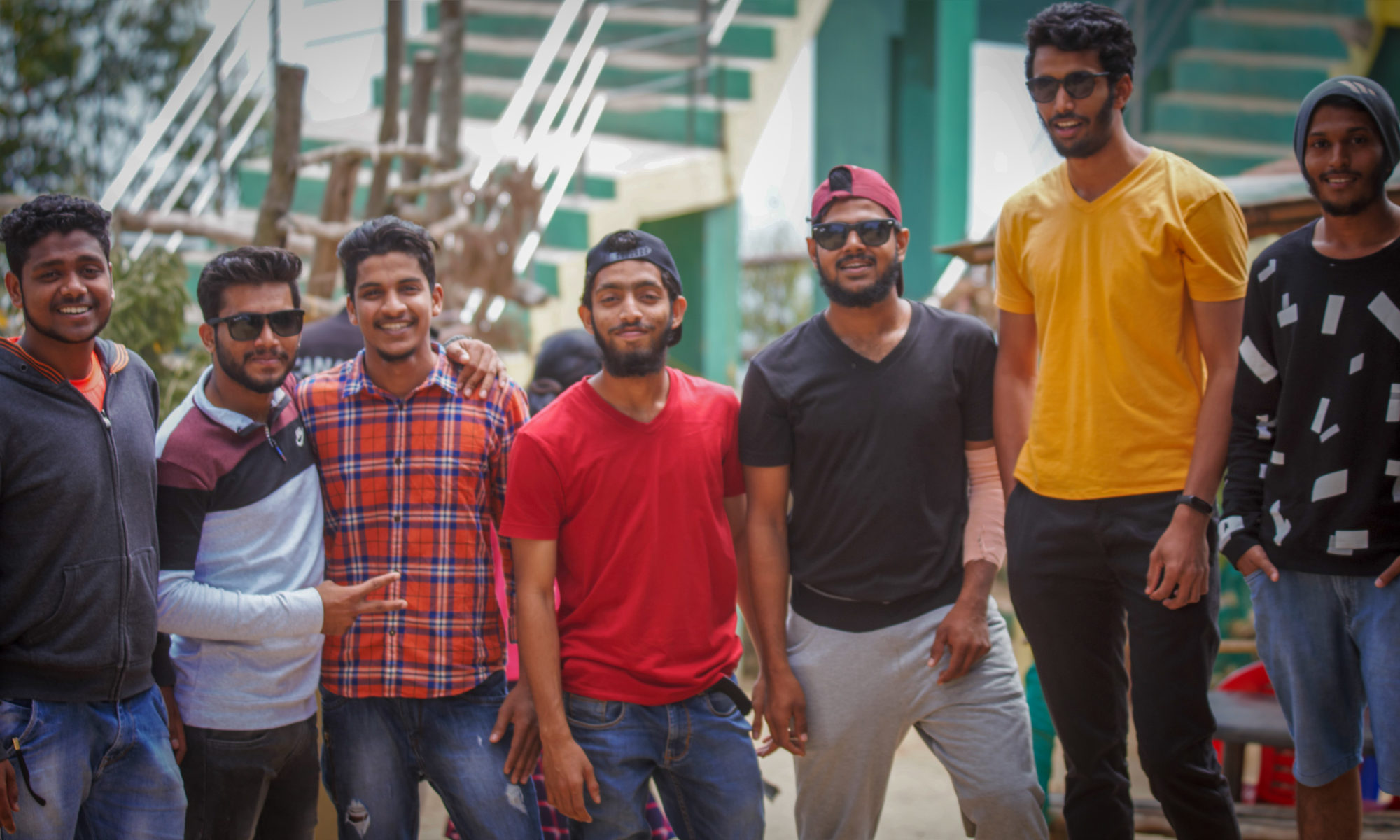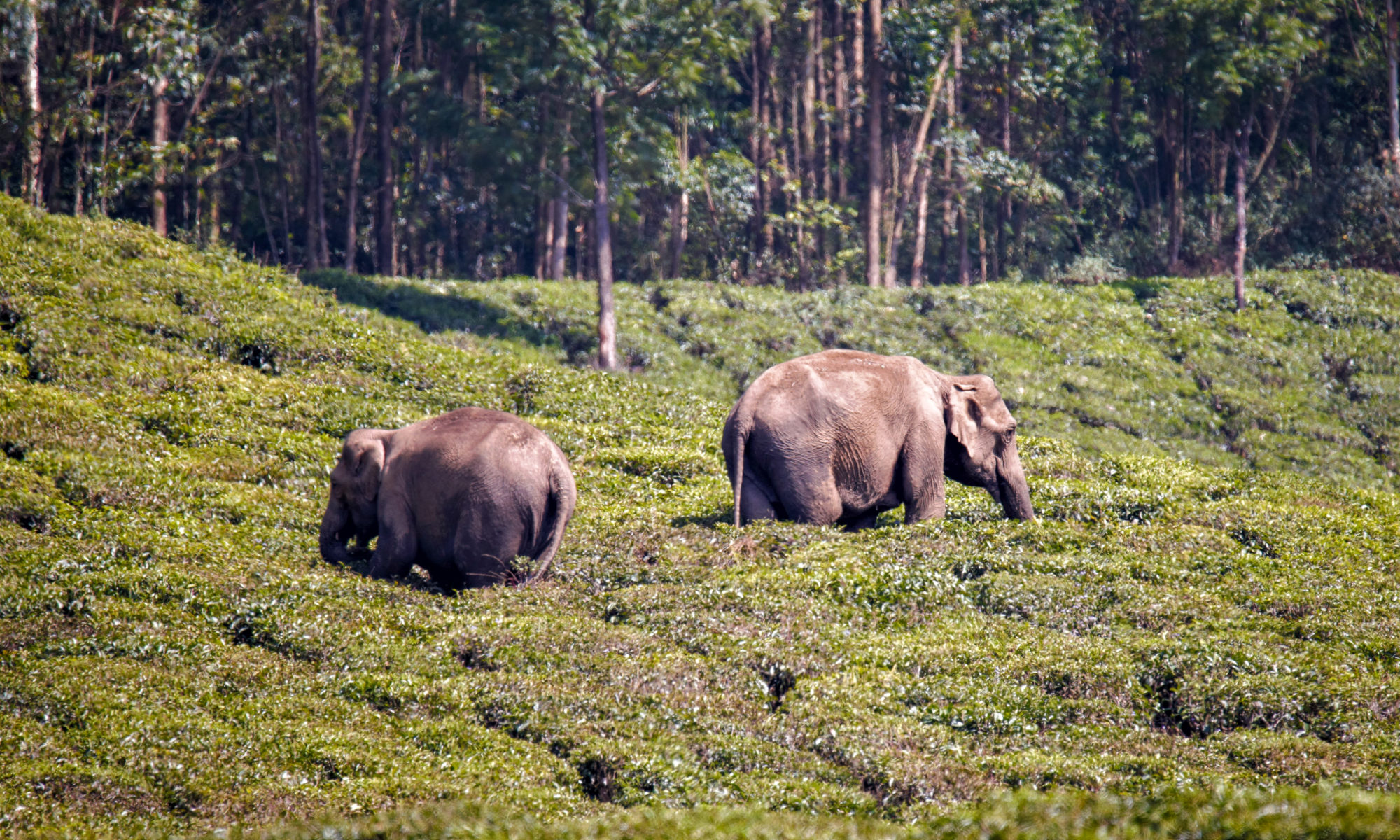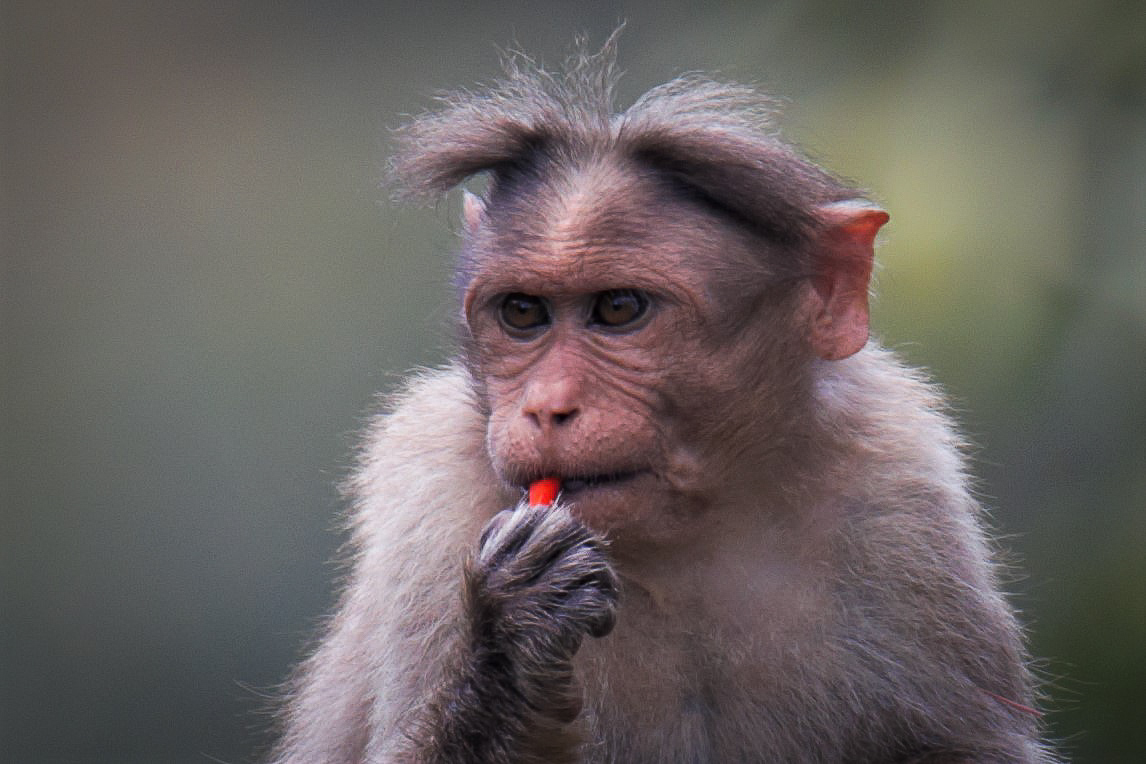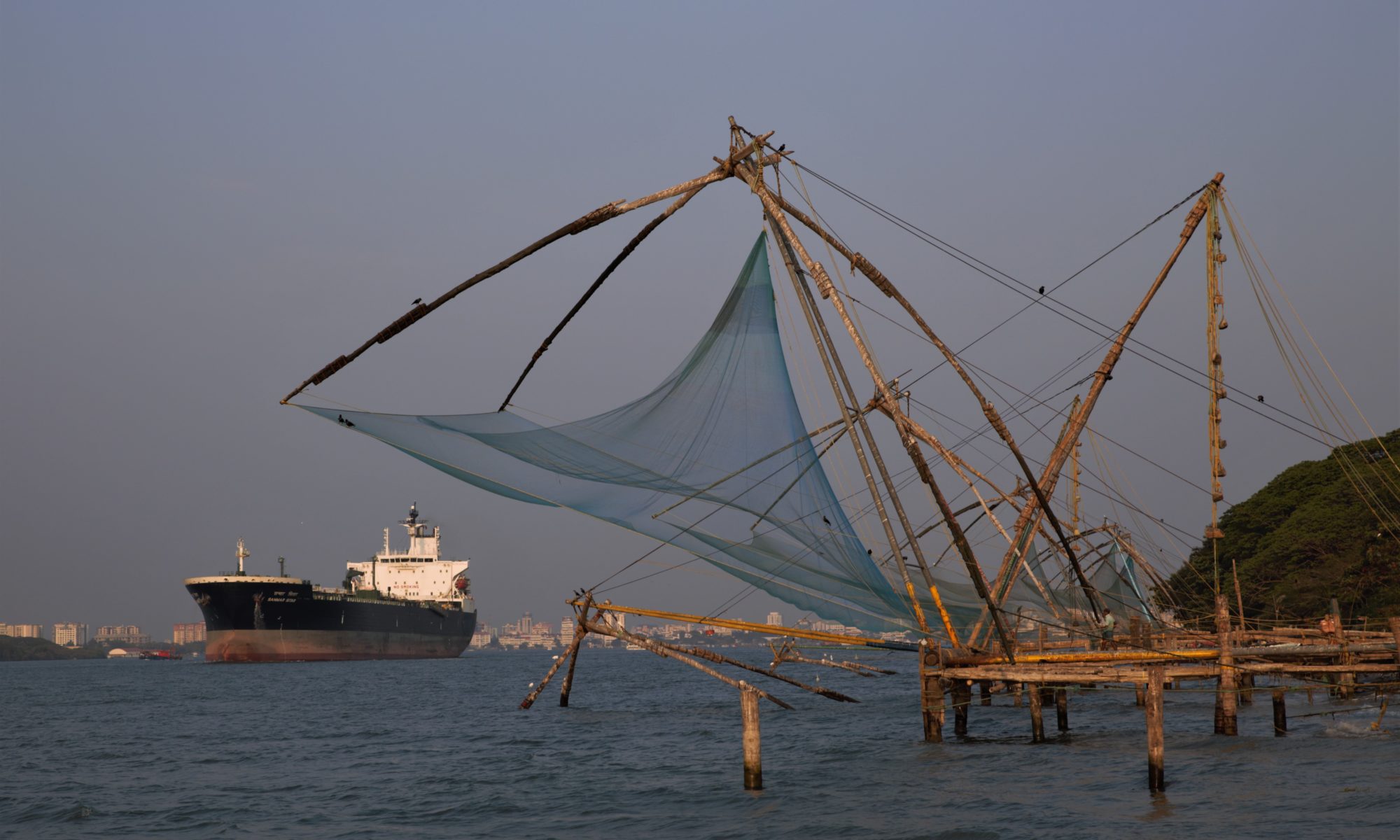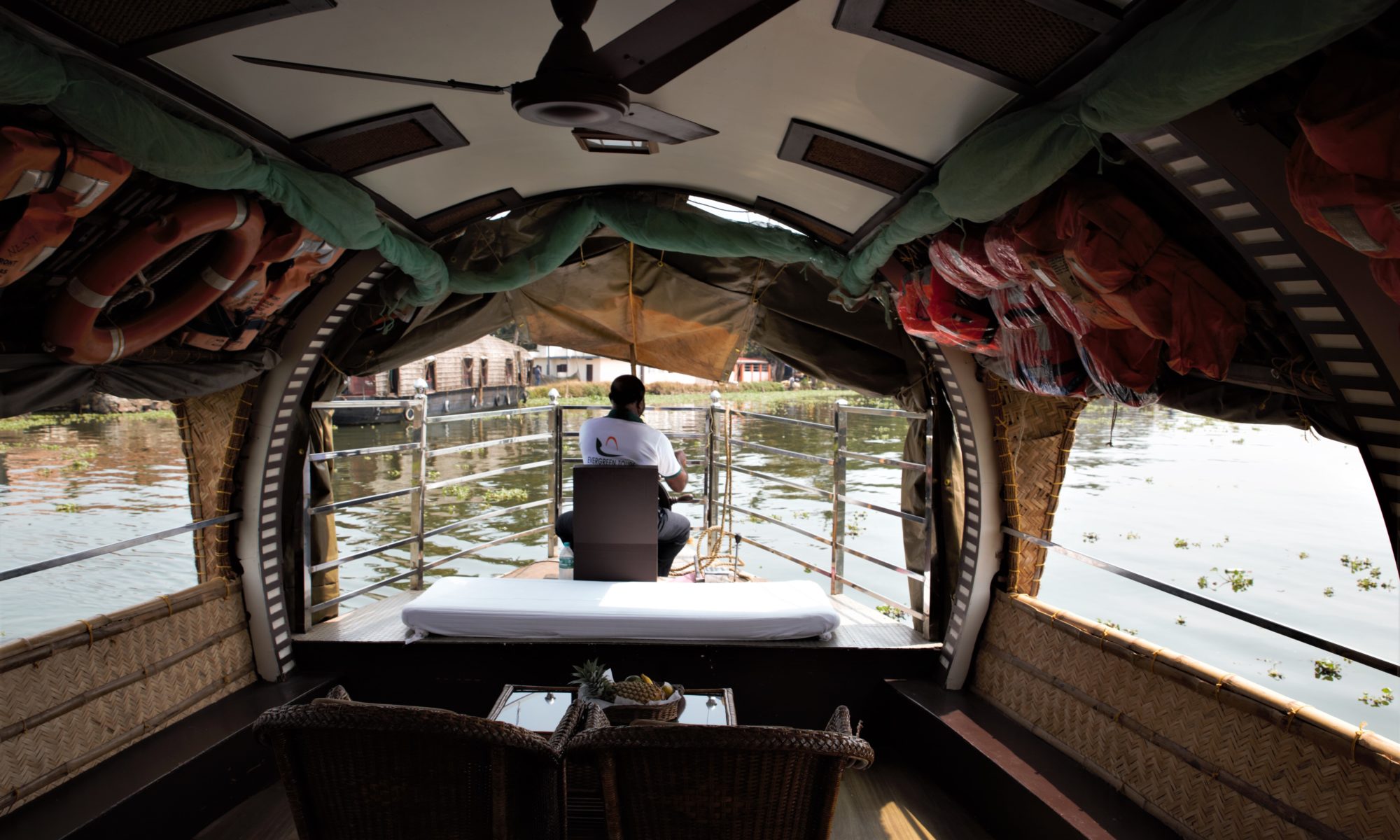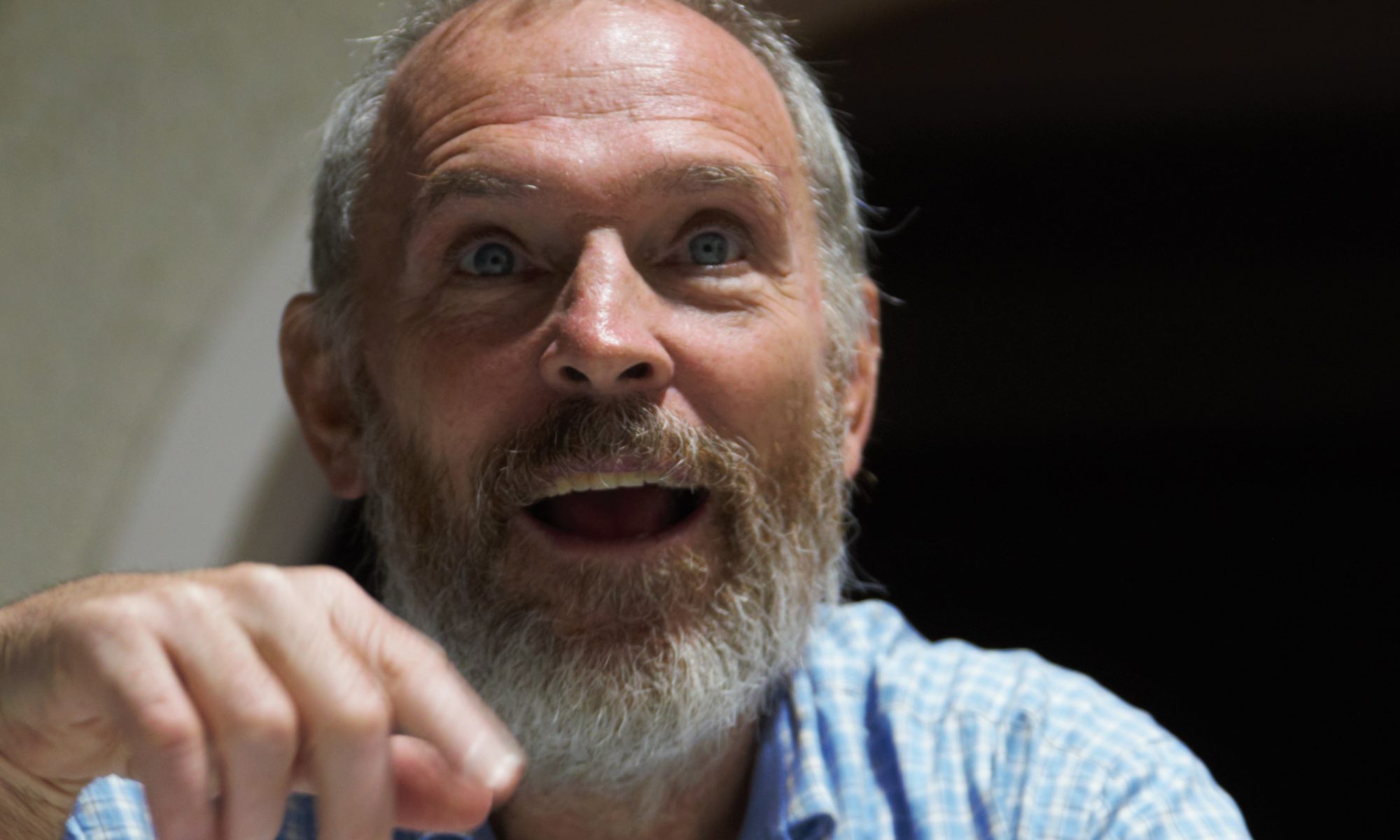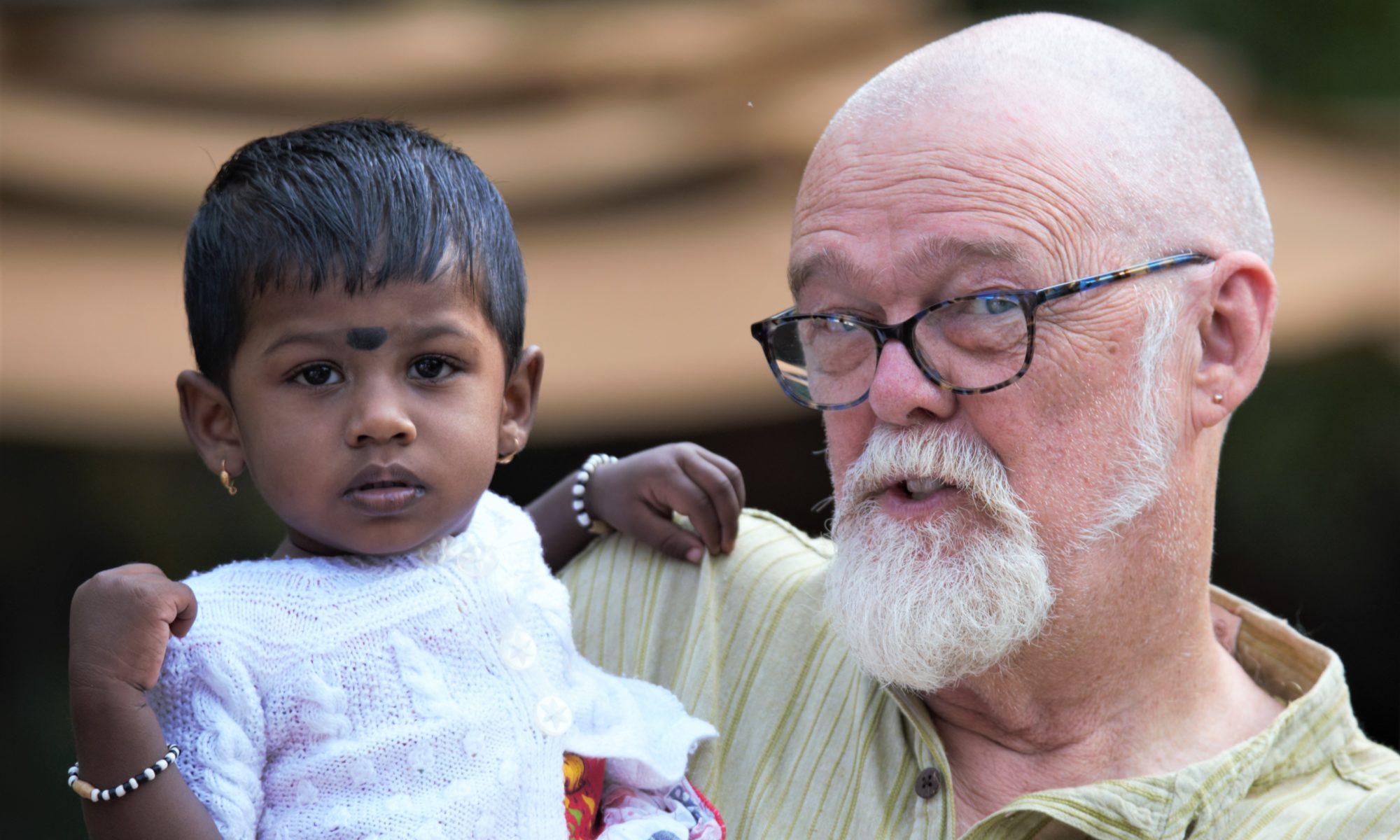This group of young men caught up with me just after I photographed the Malabar Giant Squirrel at Top Station that I spoke about in a recent post. They saw me with my big camera lens and asked me to take their photograph. It was really the wrong lens for the photo, but I backed up far enough and took the shot. Then they asked if they could take selfies with me. I allowed it, so if you happen to be on their Instagram feed, once again I am out there with them somewhere in cyberspace.
I try to keep a low profile when I am traveling, but in some places if I am to get the shots I want to get, it is impossible. It was my first time in India and I was worried about how things like this would go. Getting used to the difference in culture while traveling is part of the challenge. Even more difficult than being approached for selfies is being approached for money. It is a dilemma. As soon as you give money or food to one person a crowd gathers around you. I want to help, but it is a challenge figuring out what is right. Walking along the harbor the other day, I saw a young woman carrying a baby coming from the other direction and counting a wad of rupees. She looked up and saw me. Quickly, she tried to conceal the money and changed her expression to one of sadness; then put her hand to her mouth gesturing she was hungry. That time it was an easy decision for me. I just walked past her, but the truth is poverty is real even in first world countries and we should try to ease suffering.
Ok now for the good story promised in the title. In the long drives I have had with some of my drivers just about everyone has warned me not to give money or anything to people who ask, but they often do give small change to the needy. After I saw my driver do it the other day, I asked him how he determines who is needy. I give when I want to and sometimes I get it wrong, he said. Then he continued on in a story that was quite touching. He said in his family there were eight children and his father gave food to a needy family, but no one knew. When he was still a boy his father passed and when a letter arrived in the mail he opened it and started to cry. In the letter a family asked why his father had stopped delivering food. He said, then and there he knew he had something to do to honor his father who was a good man. He said, now I know I am a good man too, because I have been able to keep that tradition of giving food to the less fortunate going for more than forty years without asking for anything in return. I am not mentioning his name here because he does not want the recognition. He said to this day, neither his wife nor his daughter know his story of giving. I have met a lot of kind people while I have been in India. It is one of the things that keep so many people coming back.
Before I move on to posting about the next country on the try to see it all plan, I want to thank all the people who helped me in India. I want to thank Sonali, who put me in touch with Sumati of T S Travel Services who did a wonderful job putting me in the right places and delivered an experience that produced some images I hope will motivate others to visit India. I want to thank all the people I met from India, and from other countries that took the time to make my stay memorable. I will remember the tigers, monkeys, squirrels and elephants, I will remember the buildings and the scenery, but the people are truly what make India worth visiting.
